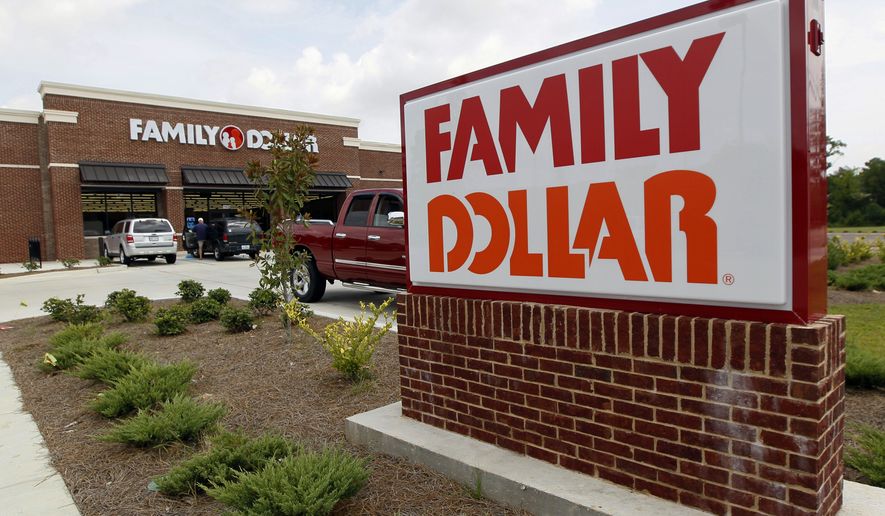The median income of families in the United States edged up slightly to $51,939 last year from $51,759 in 2012, showing no significant growth for the second year in a row, the Census Bureau reported Tuesday.
The average income for middle-class families remains 8 percent below the peak reached in 2007. Incomes actually declined, after adjustment for inflation, during the Great Recession and its aftermath, but they have as yet to show any life despite more than five years of recovery since then.
“The Great Recession was brutal to many middle- and lower-income households,” said Chris G. Christopher, economist at IHS Global Insight. “Many middle-class families were forced into a lower standard of living during the recession and during this anemic economic recovery.”
Justin Wolfers, economics professor at the University of Michigan, said it has been a “lost decade” and more for the middle class, even as the rich have gotten richer.
“What recovery? Real median household income is up a mere $180 on last year and is still $5,000 below the 1999 level,” when middle-class incomes reached an all-time high in the U.S., he said.
With no growth in incomes, consumers are pinching pennies and have not been able to splurge much on anything for years. Only the top 10 percent of households have seen a major increase in income, enabling the wealthiest Americans to continue spending, often on luxury items, while lower-income Americans must pinch pennies.
The Census report showed that people in the top 10 percent income bracket enjoyed more than $2,000 in income gains last year.
“Poor performance of real median household income and elevated poverty rates have caused a bifurcation in consumer spending patterns: Discount stores are doing well and luxury is doing great, while the middle-tier retailers are having a hard time gaining traction,” said Mr. Christopher.
As the recovery proceeds, the outlook for average consumers depends on whether employers are going to finally start giving them more substantial raises, he said. IHS and other forecasters are optimistic that 2014 will bring stronger wage growth for the middle class.
“The importance of payroll-cycle economics has become extremely relevant and is likely to continue for years to come, since there are many households that are living paycheck to paycheck,” he said.
While middle-income families endured another year of pinched incomes, those at the lowest end of the scale did a little better. The poverty rate in the U.S. fell to 14.5 percent from 15 percent in 2012, the Census Bureau said.
It was the biggest drop in poverty since 2006 — before the recession. The number of people with health insurance coverage also increased by nearly 4 million Americans this year, primarily among low-income people who now can obtain the federal subsidies that became available under President Obama’s health care law.
• Patrice Hill can be reached at phill@washingtontimes.com.




Please read our comment policy before commenting.